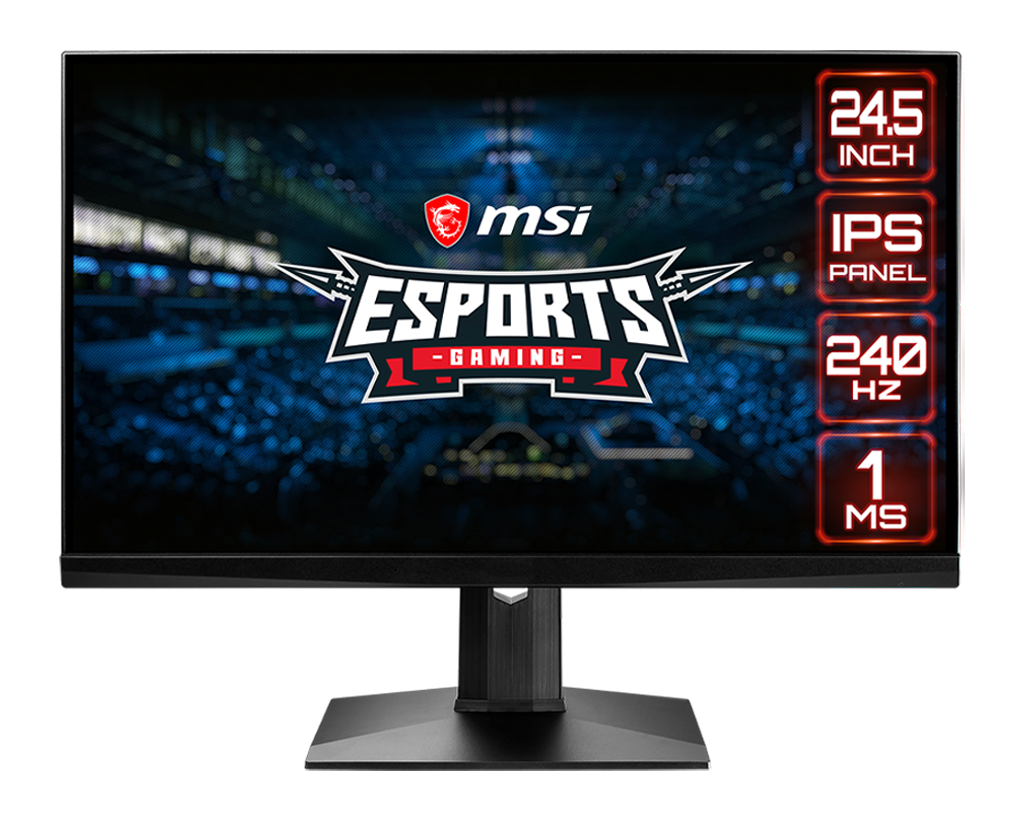

It lets you play games at a high frame rate with ease, and it has native FreeSync VRR support with G-SYNC compatibility to reduce screen tearing.
#Toms hardware guide gaming monity Pc#
It's a different type of monitor from the Gigabyte M32U because it has a lower 1440p resolution, so images aren't as sharp however, it has a higher 240Hz refresh rate, which is ideal for competitive PC gaming. If you don't need a high-resolution monitor and prefer an option in the lower mid-range price category for PC gaming, then the Gigabyte M27Q X is a great choice. If you find the 32-inch screen size too big, there's a smaller version, the Gigabyte M28U, that you can get for cheaper, but it has worse ergonomics and doesn't get as bright. It also has native FreeSync VRR support to reduce screen tearing with AMD graphics cards, and if you have an NVIDIA graphics card, it's G-SYNC compatible. It has HDMI 2.1 bandwidth for console gaming, and even if you game from a PC, it's excellent thanks to its low input lag for a responsive feel, 144Hz refresh rate, and fast response time across its entire refresh rate range. It means it doesn't have the same excellent picture quality, especially for dark room gaming or HDR, but it has a different panel type with wider viewing angles, making it the better choice for co-op gaming. It has a 32-inch, 4k screen like the Samsung Odyssey Neo G7 S32BG75, with the main difference being that it doesn't feature Mini LED backlighting. If you aren't willing to spend a ton on your next gaming monitor but still want excellent performance for both consoles and PC gaming, check out the Gigabyte M32U instead. It delivers great picture quality, and while it doesn't offer the same perfect black levels as the Dell, it instead has Mini LED backlighting that lets highlights get brighter in HDR and has a decent local dimming feature. It also has low input lag for a responsive feel. In terms of the Neo G7's gaming performance, it's excellent thanks to its fast response time across its entire refresh rate range. It has a max refresh rate of 165Hz, but if you want something with an even higher 240Hz refresh rate to also use with PC gaming, the Samsung Odyssey Neo G8 S32BG85 is a good alternative, but it costs more, and the consoles can't take advantage of the 240Hz refresh rate anyways.

#Toms hardware guide gaming monity full#
Its HDMI 2.1 bandwidth lets you take full advantage of the PS5 and Xbox Series X, as you can play 4k 120Hz games on it. After all, they don't support ultrawide gaming. It's different from the Dell Alienware AW3423DW because it has a 32-inch 4k screen with a 16:9 aspect ratio, which is ideal for consoles. If you game from a PS5 or Xbox Series, you'll want a monitor that can take full advantage of those consoles, like the Samsung Odyssey Neo G7 S32BG75. If you have an AMD graphics card and don't need G-SYNC, there's a FreeSync variant of this monitor, Dell Alienware AW3423DWF, that's a bit cheaper and offers similar performance. Lastly, it natively supports G-SYNC variable refresh rate (VRR) technology to reduce screen tearing, which is beneficial if you have an NVIDIA graphics card and want to take full advantage of it. It also has a 175Hz refresh rate that you can achieve over a DisplayPort connection from your PC. Its OLED panel provides a near-instantaneous response time, resulting in an incredibly smooth motion without any blur trail behind fast-moving objects. Content looks amazing in dark rooms, and colors look vivid in HDR, but there are issues when using it in a bright room as the black levels raise, so it's better to game with it in the dark. It has a QD-OLED display, so it combines the perfect black levels of OLEDs with the wide range of colors of quantum dot displays. It's an excellent ultrawide gaming monitor that doesn't have the highest resolution or refresh rate compared to other monitors, but it's known for its incredible motion handling and remarkable picture quality. The best gaming monitor we've tested is the Dell Alienware AW3423DW.


 0 kommentar(er)
0 kommentar(er)
